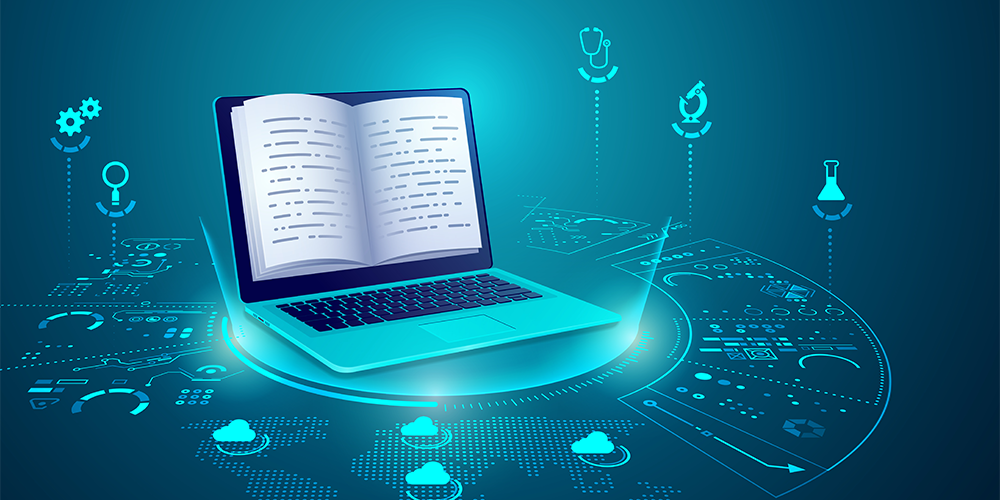CJ Attard Insights
Exploring the latest trends and insights in various industries.
Classroom 2.0: Where Pixels Meet Pencils
Explore the future of learning in Classroom 2.0, where technology meets tradition—transforming education one pixel at a time!
Exploring Blended Learning: Balancing Technology and Traditional Teaching
Blended learning represents a dynamic approach to education, combining the benefits of traditional face-to-face teaching with the flexibility of digital technology. This innovative method allows educators to create a more personalized learning experience for students, adapting to various learning styles and paces. By integrating online resources, such as videos and interactive quizzes, learners can engage with the material outside the classroom, while face-to-face interactions can foster discussions and collaborative work. As educational institutions increasingly recognize the importance of this balance, the need for effective strategies to implement blended learning in curriculum design becomes crucial.
However, achieving the right equilibrium between technology and traditional teaching can be challenging. It is essential to balance technology tools with pedagogical best practices, ensuring that technology enhances, rather than detracts from, the learning experience. Educators must be trained to effectively utilize digital resources and incorporate them seamlessly into their teaching methods. Additionally, it is important for schools to assess their technological infrastructure and provide the necessary support for both teachers and students. With a deliberate approach, blended learning can result in improved student engagement, better learning outcomes, and a prepared workforce ready to thrive in a digital age.

How to Enhance Student Engagement with Digital Tools in the Classroom
In today's digital age, enhancing student engagement with digital tools is essential for creating an interactive and dynamic learning environment. Educators can adopt various technologies such as interactive whiteboards, tablet computers, and educational apps to capture students' attention and motivate them to participate actively in lessons. Utilizing platforms like Kahoot! or Quizizz for quizzes and games can transform traditional assessments into fun and engaging activities that encourage healthy competition among students.
Moreover, incorporating collaboration tools like Google Classroom or Microsoft Teams allows students to work together on projects and share ideas openly, fostering a sense of community and teamwork. By implementing multimedia resources such as videos, podcasts, and interactive simulations, teachers can cater to different learning styles, ensuring that all students remain engaged and invested in their education. In this way, the use of digital tools not only enriches the learning experience but also prepares students for a technology-driven future.
What Are the Best Practices for Integrating Technology in Education?
Integrating technology in education requires a thoughtful approach to enhance learning experiences. One of the best practices is to align technology with educational goals. This means that any technology introduced should have clear learning outcomes associated with it. Educators should start by assessing the specific needs of their students and curriculum, ensuring that the tools they choose will actively support and engage learners. For instance, using interactive tools like learning management systems (LMS) can facilitate better communication and collaboration among students and teachers, ultimately improving learning outcomes.
Another crucial practice is to provide proper training and support for both educators and students. Technology can be overwhelming at first, so offering professional development workshops can help teachers effectively implement new tools in their classrooms. Additionally, students should receive guidance on how to use these technologies appropriately and responsibly. Creating a culture of continuous learning is essential, whereby both teachers and students are encouraged to explore new technologies and share their findings with each other. This collaborative environment promotes innovation and maximizes the benefits of technology integration in education.